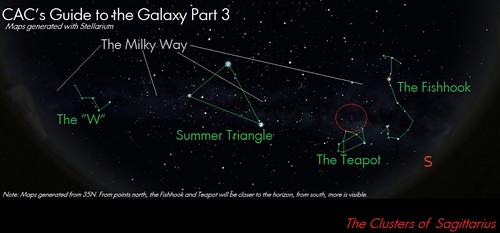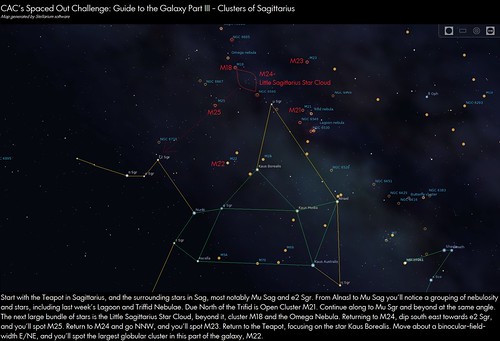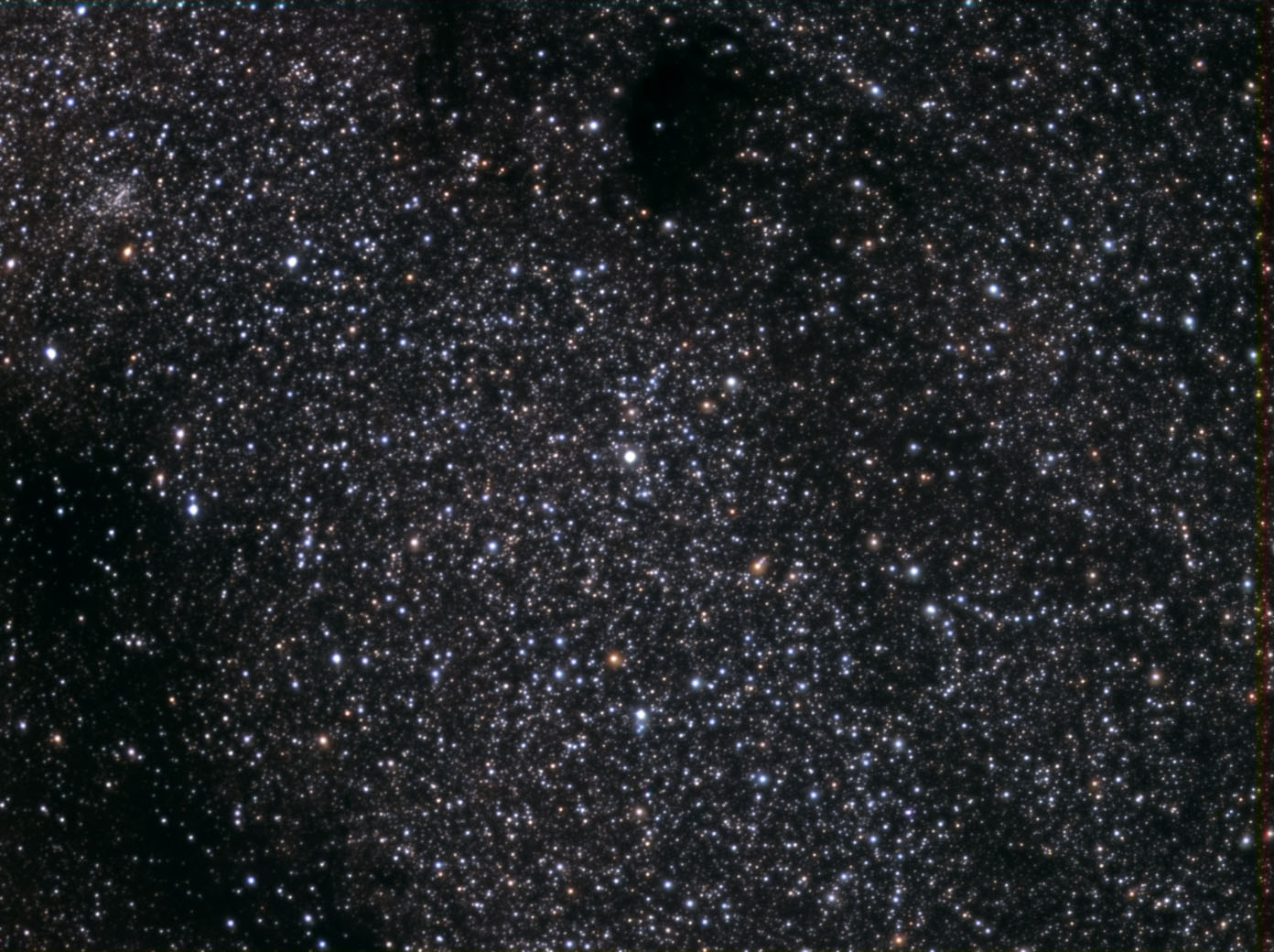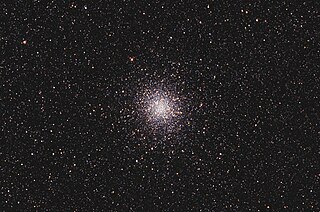Intermarkets' Privacy Policy
Donate to Ace of Spades HQ!
aceofspadeshq at gee mail.com
Buck:
buck.throckmorton at protonmail.com
CBD:
cbd at cutjibnewsletter.com
joe mannix:
mannix2024 at proton.me
MisHum:
petmorons at gee mail.com
J.J. Sefton:
sefton at cutjibnewsletter.com
The Morning Report — 1/5/26
Daily Tech News 5 January 2026
Sunday Overnight Open Thread 01/04/2026: Lazy Winter Edition [Doof]
Gun Thread: First January Edition!
Food Thread: A Blast From The Past!
First World Problems...
Let Slip The Dogs Of War
Sunday Morning Book Thread (01/04/2026) [MP4]
Daily Tech News 4 January 2026
Jim Sunk New Dawn 2025
Jewells45 2025
Bandersnatch 2024
GnuBreed 2024
Captain Hate 2023
moon_over_vermont 2023
westminsterdogshow 2023
Ann Wilson(Empire1) 2022
Dave In Texas 2022
Jesse in D.C. 2022
OregonMuse 2022
redc1c4 2021
Tami 2021
Chavez the Hugo 2020
Ibguy 2020
Rickl 2019
Joffen 2014
maildrop62 at proton dot me
TBD
CAC's Spaced-Out Challenge: Galaxy Guide (Part 3)
Welcome again to the Spaced-Out Challenge, the weekly astronomy post and your guide to the night sky. We are continuing our exploration of the summer Milky Way, and finishing our quick overview of the sights in Sagittarius with a few notable open and globular clusters.

Hop-to guide and a brief overview of objects below the fold.
Let's take a look at the overview chart of this week's targets:

So what are these?
Messier 18

The least distinct of all the open clusters we will discuss, it makes a great hop-through point when touring through the Sagittarius portion of the Milky Way. To it's "north" is the Omega and Eagle Nebulae. To it's "south", the Little Sagittarius Star Cluster. Look for a "patch" of about a dozen stars brighter than the background Milky Way field. An interesting note: some researchers claim it is part of a binary pair of clusters, it's sibling being NGC 6618, found inside the Omega Nebula.
Messier 21

Close by the Trifid nebula is a surprisingly small cluster, M21. It's hot stars are also some of the youngest associated with a cluster at just over 4 million years old. In binoculars it makes a nice balance to the intriguing Trifid.
Messier 23

Arguably the most spectacular of the non-star cloud clusters we'll discuss this week, open cluster Messier 23 is huge, and appears best in binoculars or in a low-power eyepiece through the telescope. This open cluster spans some 30 light years and is unusual in it's lack of diversity in stellar brightness or spectral class. It will appear as a slightly less nebulous patch than the Little Star Cloud. Some describe it as a “star field” due to it's diffuseness.
Messier 24, the Little Sagittarius Star Cloud

A sizable portion of the inner Sagittarius-Carina arm, made visible thanks to another "window" through the closer obscuring dust. While concentrated, it is less so than the central bulge portion discussed in Part 1, so it's stars are easier to resolve. Aim your binoculars and prepare to get lost in a vast swath of stars, not as numerous as in the Great Cloud discussed in Part 1 but enough to leave a deep view and lasting impression on the viewer.
Messier 25

Messier 25 contrasts well with Messier 23, and is located at roughly the same distance from Mu Sagittarius, just in the opposite direction. With a looser appearance, it also enjoys a bit more range in stellar brightness and color.
The Great Globular of Sagittarius

If it was just a bit further north, it would be more well known than the Great Globular in Hercules, being both considerably brighter and larger. The Great Glob of Sag is the third brightest in the sky, behind the massive Omega Centauri and Tucanae 47. It's position leaves it dimmed a bit with the dust and gas of the milky way plane between us, but it's surprising closeness for a globular (only about 10,000 ly away) allows for much of it to clear the galactic fog. An intriguing sight in binoculars, it becomes granular in appearance with even a small telescope.
There are dozens of other intriguing globulars and open clusters in this small region, but we are moving on and up into the southern portion of the Northern Cross next week as we continue our trip through the backbone of the night.
Link up to Guide Part 1
Link up to Giude Part 2
FULP List Link HERE
A quick note: those of you with light buckets or larger SCTs, this upcoming weekend will position the Eagle Nebula highest in the sky and without a glaring moon, so if you were intrigued by last week's guide to finding the Pillars of Creation, now's your chance to test it out.
As always, clear skies to you and keep looking up!
JROD: "Venezuelan Beaver Cheese? I'm afraid to google thi ..."
It's me donna : "425 Senator Amy Klobucher may be running for gover ..."
FenelonSpoke: "Posted by: An Observation sez Trump is my Presiden ..."
Anna Puma: "Maybe Tim Wallz can retire to Havana. ..."
BlackOrchid: "ha ha tampon Tim is OUT! timmeh is OUT! ..."
toby928(c) : "[i]Does this mean that Venezuelan Beaver Cheese wi ..."
redridinghood: "Senator Amy Klobucher may be running for governor ..."
Tonypete: "Minnesota Somali Fraudsters Purchased Lamborghini, ..."
Anonosaurus Wrecks, Like Shakespeare Except More Betterer [/s] [/i] [/u] [/b]: "Top Gaming Streamer “Asmongold” Praise ..."
Oglebay: "388 Scott Adams is converting to Christianity sinc ..."
Smell the Glove : "With all that money Cameron should stick to locati ..."
The Morning Report — 1/5/26
Daily Tech News 5 January 2026
Sunday Overnight Open Thread 01/04/2026: Lazy Winter Edition [Doof]
Gun Thread: First January Edition!
Food Thread: A Blast From The Past!
First World Problems...
Let Slip The Dogs Of War
Sunday Morning Book Thread (01/04/2026) [MP4]
Daily Tech News 4 January 2026
Paul Anka Haiku Contest Announcement
Integrity SAT's: Entrance Exam for Paul Anka's Band
AllahPundit's Paul Anka 45's Collection
AnkaPundit: Paul Anka Takes Over the Site for a Weekend (Continues through to Monday's postings)
George Bush Slices Don Rumsfeld Like an F*ckin' Hammer
Democratic Forays into Erotica
New Shows On Gore's DNC/MTV Network
Nicknames for Potatoes, By People Who Really Hate Potatoes
Star Wars Euphemisms for Self-Abuse
Signs You're at an Iraqi "Wedding Party"
Signs Your Clown Has Gone Bad
Signs That You, Geroge Michael, Should Probably Just Give It Up
Signs of Hip-Hop Influence on John Kerry
NYT Headlines Spinning Bush's Jobs Boom
Things People Are More Likely to Say Than "Did You Hear What Al Franken Said Yesterday?"
Signs that Paul Krugman Has Lost His Frickin' Mind
All-Time Best NBA Players, According to Senator Robert Byrd
Other Bad Things About the Jews, According to the Koran
Signs That David Letterman Just Doesn't Care Anymore
Examples of Bob Kerrey's Insufferable Racial Jackassery
Signs Andy Rooney Is Going Senile
Other Judgments Dick Clarke Made About Condi Rice Based on Her Appearance
Collective Names for Groups of People
John Kerry's Other Vietnam Super-Pets
Cool Things About the XM8 Assault Rifle
Media-Approved Facts About the Democrat Spy
Changes to Make Christianity More "Inclusive"
Secret John Kerry Senatorial Accomplishments
John Edwards Campaign Excuses
John Kerry Pick-Up Lines
Changes Liberal Senator George Michell Will Make at Disney
Torments in Dog-Hell
The Ace of Spades HQ Sex-for-Money Skankathon
A D&D Guide to the Democratic Candidates
Margaret Cho: Just Not Funny
More Margaret Cho Abuse
Margaret Cho: Still Not Funny
Iraqi Prisoner Claims He Was Raped... By Woman
Wonkette Announces "Morning Zoo" Format
John Kerry's "Plan" Causes Surrender of Moqtada al-Sadr's Militia
World Muslim Leaders Apologize for Nick Berg's Beheading
Michael Moore Goes on Lunchtime Manhattan Death-Spree
Milestone: Oliver Willis Posts 400th "Fake News Article" Referencing Britney Spears
Liberal Economists Rue a "New Decade of Greed"
Artificial Insouciance: Maureen Dowd's Word Processor Revolts Against Her Numbing Imbecility
Intelligence Officials Eye Blogs for Tips
They Done Found Us Out, Cletus: Intrepid Internet Detective Figures Out Our Master Plan
Shock: Josh Marshall Almost Mentions Sarin Discovery in Iraq
Leather-Clad Biker Freaks Terrorize Australian Town
When Clinton Was President, Torture Was Cool
What Wonkette Means When She Explains What Tina Brown Means
Wonkette's Stand-Up Act
Wankette HQ Gay-Rumors Du Jour
Here's What's Bugging Me: Goose and Slider
My Own Micah Wright Style Confession of Dishonesty
Outraged "Conservatives" React to the FMA
An On-Line Impression of Dennis Miller Having Sex with a Kodiak Bear
The Story the Rightwing Media Refuses to Report!
Our Lunch with David "Glengarry Glen Ross" Mamet
The House of Love: Paul Krugman
A Michael Moore Mystery (TM)
The Dowd-O-Matic!
Liberal Consistency and Other Myths
Kepler's Laws of Liberal Media Bias
John Kerry-- The Splunge! Candidate
"Divisive" Politics & "Attacks on Patriotism" (very long)
The Donkey ("The Raven" parody)

